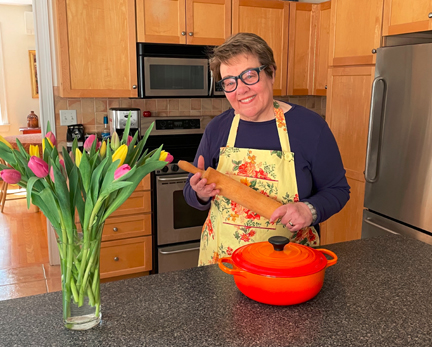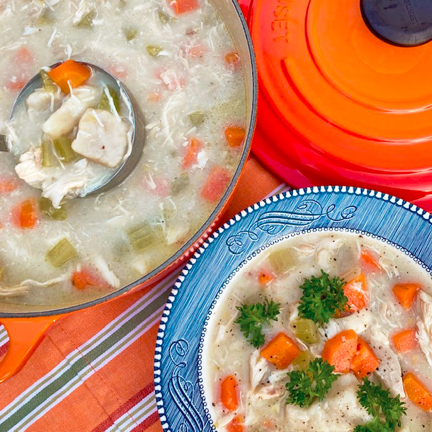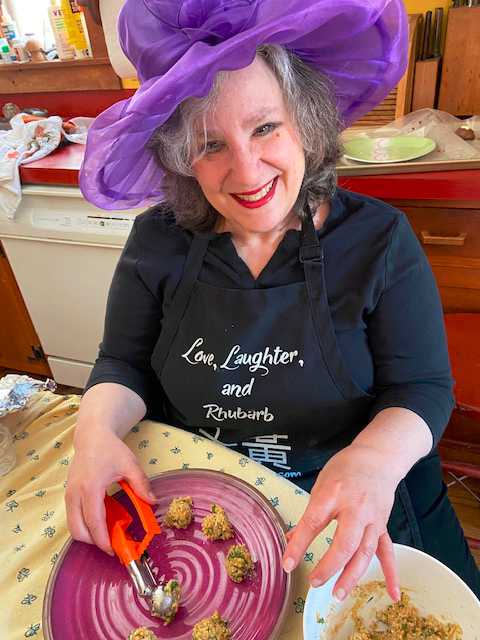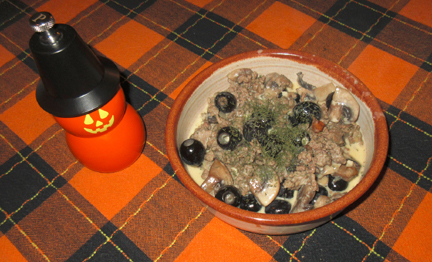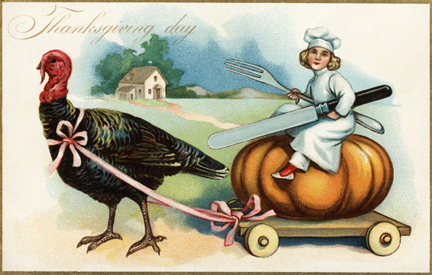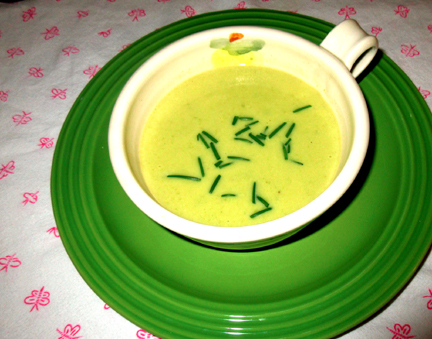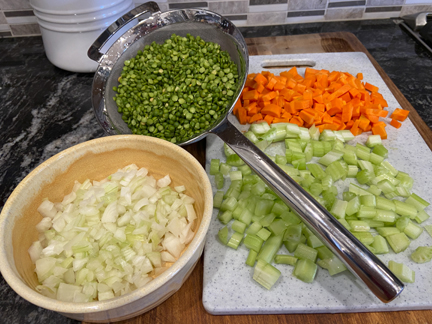
January is National Soup Month. It was so designated in 1986 by the Campbell’s Soup Company as a promotional tool for its products.
I am not precisely thrilled about the origins of Soup Month, but I endorse the general idea. When temperatures turn cold outside, nothing beats soup to warm the cockles of the heart (and stomach).
Soup is one of humankind’s oldest foods.
The Food Timeline contends that the “act of combining various ingredients in a large pot to create a nutritious, filling, easily digestible simple to make/serve food was inevitable. This made it the perfect choice for both sedentary and traveling cultures, rich and poor, healthy people and invalids.”
Soup bowls are among the earliest receptacles found by archaeologists. The popularity of soups as restoratifs (foods that promoted health and digestive processes) made them street foods in France, eventually lending an adaptation of their name to the new word “restaurant” as their purveyors moved indoors.
The word “soup,” according to the lexicographer John Ayto, comes from Latin, German, and old English and was originally “sop,” a piece of bread soaked in liquid. Eventually, Ayto contends, people began eschewing the bread and serving the liquid on its own, and the word morphed into the one we use today.
Soup mixes of a sort were among Americans’ first convenience foods. People traveling in the American colonies carried what were called “pocket soups.” These cakes of dried animal juices were the precursor to today’s bouillon cubes.
The pocket soups were turned into a nourishing liquid with the addition of hot water. They were also known by the much less appetizing name “veal glue.”
When Meriweather Lewis and William Clark set off in 1804 to explore the Louisiana Purchase and find a way to the Pacific Ocean, they carried with them 193 pounds of commercial pocket soup to keep their troops going. The soup was valued at $289.50, according to biologist and historian Kenneth Walcheck.
I may not carry pocket soup on my travels, but I thrive on soup all through the year. It’s a versatile food and a handy conduit for leftovers.
When I make or buy the Indian dish known as dal—which always seems to come in large portions—I add vegetables, more spices, and vegetable or chicken stock to transform those lovely lentils into mulligatawny soup after a day or two.
Chicken bones are easily enriched with vegetables and boiled down into chicken stock. This can be eaten by itself as a warm, easy-to-digest liquid. Or it can form the base for any number of soups and stews.
In the summer I use produce of all sorts—corn, tomatoes, zucchini, herbs, and more—to make soups that are sometimes warm and sometimes cold. At this time of year, however, I embrace warm soup most of all.
Most recently, I countered extremely cold weather outside with split-pea soup. My family had enjoyed a ham dinner over the holidays, and we had to do something with the end of the ham, as well as the little pieces of meat adhering to it that were too small to eat on their own or in a sandwich.
The thick split-pea soup with which we ended up helped us fend off the freezing temperatures and lasted through a couple of meals. It was, in short, perfect for January.
I had to force myself to write down the ingredients as I added them in order to include the recipe in this paper: this is one of the soups I usually make without worrying about a recipe. There really isn’t any way to mess up pea soup, unless you forget to stir the soup from time to time and the split peas burn.
I decided to make our soup a little more complex than usual by adding celery and a bay leaf; I don’t usually use those when I make the soup. I may do so in future, however, as they gave it additional flavor and texture. Additional herbs and spices are an option, but I like my pea soup relatively plain.
I recently read that it’s possible to mimic the smoky flavor of the ham with smoked paprika. I may try that soon. I still have split peas, but I’m out of ham! And although soup month is about to leave us, the icky weather will be around for a while.
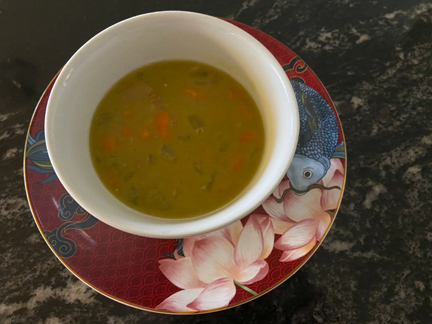
Your Basic Split-Pea Soup
Ingredients:
1 pound split peas
1 tablespoon butter
1 tablespoon olive oil
1 large onion, finely chopped
2 stalks celery, finely chopped
8 cups water
1 ham end, preferably with some nice bits of meat adhering to it
1 large carrot or 2 medium carrots, finely chopped
salt to taste (start with 1 teaspoon or less; the ham bone will be salty)
pepper to taste
1 bay leaf
Instructions:
Rinse the split peas and drain them in a fine sieve.
In a soup pot, heat the butter and oil until the butter melts. Stir in the onion and the celery, and sauté them for a couple of minutes. Stir in the drained peas, followed by the water, the ham piece, and the remaining ingredients.
(If you want to minimize fat, don’t bother to sauté the onion and the celery; just add them when you add the other ingredients, and skip the butter and the oil.)
Bring the mixture to a boil, reduce the heat to low, and simmer the soup, partly covered, until the peas soften and enough liquid has boiled off to give you just the flavor you want. This will take at least an hour and possibly up to two. Stir the soup from time to time during the simmering process.
Remove the bay leaf and the ham bone; then cut any meat you can off the bone and add it to the soup. Discard the bone and the additional fat on it. Serve warm. Serves 6 to 8.

